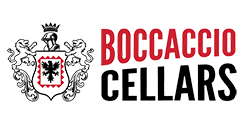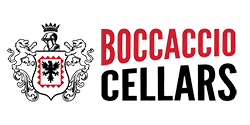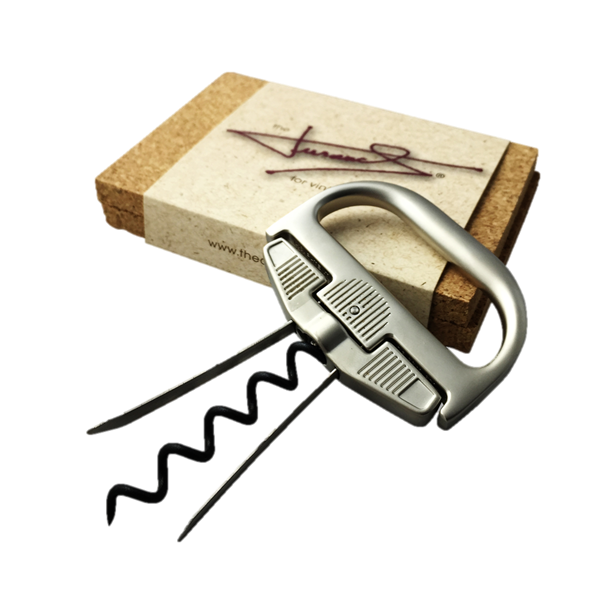This is likely the best vintage I’ve tasted of this wine. Importer: Dispensing Solutions.
Dark cherry, raspberry, mint, sage and liquorice root, baking spices, and a whole lot of dried flower perfume. It’s medium to full-bodied, dense and ripe, packed with dark red fruit, something quite earthy and stony, especially with its deep and ferrous grainy tannin, and there’s black tea and floral mouth-perfume, fresh too, with a firm finish of outstanding length. In 2021 this standard wine is up to riserva quality. Drink : 2028 - 2041+ 96 points, Gary S. Walsh, The Wine Front
Barbaresco: The Stellar 2021s... by Antonio Galloni, Vinous
The 2021 Growing Season & Wines
Two thousand twenty-one was marked by a cold and rainy winter. Spring was quite cool, leading to a delayed bud break. There was a bit of frost damage on April 8. The early part of summer remained cool, with some rain in mid-July that was well-timed. Hail on July 31 affected some areas. Heat picked up in earnest around August 11. Until this point, the vintage had been tracking late, but then heat through September brought the ripening window back to a super-classic mid-October time frame. Rain episodes around harvest do not appear to have been problematic. Relative to 2020, 2021 saw higher highs and lower lows, with a longer growing season vis-à-vis 2020 and strong diurnal shifts during the final phase of ripening that are one of the signatures of this great Barbaresco vintage.
Many producers turned out superb 2021s. The wines are aromatic, deep and structured. In other words, classic Barbaresco. Next to the 2020s, the 2021s are more austere, tightly wound and in need of time. In some cases, though, that youthful austerity might remain. There are some estates where the 2020s appear to have the upper hand over the 2021s. Top producers turned out compelling wines in both vintages that will be fascinating to compare for years to come. I would be hard-pressed to cite consecutive vintages of such high quality.
It is no secret that the wine market is seeing a period of softness, which makes this a great time for savvy consumers looking to build their cellars for the future. Barbaresco remains a superb value in the world of artisan wines of place.
What Makes a Great Barbaresco Vintage: An In-Depth Look at 2021
Over the last few years, I have shared a template for a model of what I think makes a great vintage in Barolo and Barbaresco. It is, of course, the sum of everything I have learned from many people, organized in a way that I think makes sense. Unlike Bordeaux, Piedmont does not have an established framework for what constitutes a high-quality, important vintage. Clearly, many people have views, but I have never seen them codified. What follows is my set of objective criteria necessary for a Barolo or Barbaresco vintage to be considered truly great. This framework is inspired by the late Denis Dubourdieu and the model he developed for assessing Bordeaux vintages. To that, I add my 20-plus years of visiting Piedmont and all the data I have collected in speaking with winemakers, agronomists and other professionals over that time, plus drinking more than my fair share of the wines. As with Dubourdieu’s model, this addresses the growing season and does not venture into an assessment of the actual wines.
Indeed, this model was created in the present day. It won’t apply as well to vintages from previous eras, especially vintages from the 1950s-1970s. At that time, warm weather was considered quite favorable because grapes struggled to ripen. The warmest vineyards, those that faced due south, the famous sorís, were the most coveted. Today, in our climate-change-challenged world, you would be hard-pressed to find a producer who believes that south-facing vineyards are the most ideal. Last but certainly not least, with its varying elevations, myriad exposures and different soil types, Piedmont is inherently complex. In short, Piedmont is not a region that is intrinsically well-suited to generalizations. Even so, some information is better than none.
Boccaccio Cellars offers real time shipping rates at checkout. These are heavily subsidised rates directly from Australia Post and will vary depending on your postcode.
Unfortunately, due to the ever increasing costs of postage we are unable to offer free shipping any longer. Postal increases have seen the average box of wine range from $30-$60, which can represent up to 500% of the cost of the average bottle of wine.
Your postal costs are calculated on the following factors:
- Where in Australia you are shipping to (Where rural postcodes obviously attract a higher charge)
- What in Australia you are shipping (Beer and water for example, are calculated in real time without any additional subsidy. This is because the margins for these products are minimal). Dry goods attract a discounted flat fee of $12 per carton (Calculated by gross weight).
Pickups on all items are encouraged.





